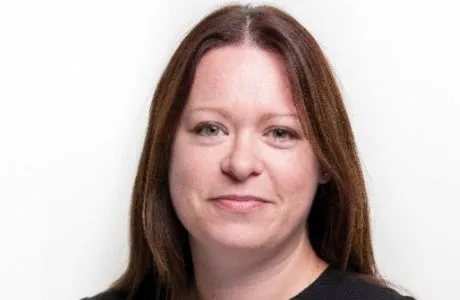
The Treasury has confirmed the launch of its new Mortgage Guarantee Scheme, which will be permanently available from this month.
The move aims to “incentivise and sustain availability of 91% to 95% loan-to-value mortgages by providing participating lenders with a government-backed guarantee, insuring them against a portion of their potential losses on those mortgages,” the department says in a 45-page technical document, with little prose detail.
However, it adds: “Mortgages offered through the scheme will enable eligible first-time buyers and home movers to buy a home with a deposit as small as 5% throughout the United Kingdom.”
The scheme, also called Freedom to Buy, is a manifesto pledge Labour made in the run-up to the General Election last July.
Moneyfacts finance expert Rachel Springall says: “As it stands, there are still very few deals on the market aimed at FTBs with just a 5% deposit, so any boost to product availability should be welcomed.
“FTBs are the lifeblood of the mortgage market, and they have been facing an excruciating situation to afford a mortgage, amid a short supply of affordable housing.
Springall adds: “The Treasury has also stressed any losses incurred through the scheme would be low, and that there is a cap on the size of the government’s contingent liability of £3.2bn.”
“However, those borrowing at the higher ends of the loan-to-value spectrum will have little equity in their homes as a result, and disaster could strike if house prices were to plummet.”
The government’s previous mortgage guarantee scheme has supported 44,383 loans since its launch in 2021 by the Conservatives.
Guarantees under this scheme represent a total of £1.2bn, while the total value of mortgages it has supported is £8.5bn, according to official figures last August.
Although in the first three months of last year the scheme only added 1,618 home loans.
The old scheme could be used for mortgages on both new build and older homes, whether they are for FTBs, home movers or borrowers who are remortgaging.
Under this scheme, the government offered lenders the option to buy guarantees on mortgage loans where the borrower has a deposit of less than 10%.
It was not available on buy-to-let mortgages or second homes and the property value must be £600,000 or less.
Coventry Building Society head of mortgage proposition Oli Dyer argues the new scheme shows Labour takes “homeownership as a priority”.
Dyer adds: “For buyers who can afford the monthly payments but are struggling to save a deposit, a permanent mortgage guarantee scheme could help them take that first step onto the ladder.
“Government backing gives lenders more confidence to offer 95% mortgages, and the ability to move in and out of the scheme brings greater stability and confidence to the first time buyer market.
“Alongside recent changes to loan-to-income limits and updated guidance on lender stress testing, it’s another step towards easing the pressures on buyers.”
However, MPowered Mortgages director of mortgages Peter Stimson points out that lending on this scheme is likely to be at higher rates.
Stimson says: “The Freedom to Buy scheme shuffles some of the risk burden between lenders and the government, but don’t expect it to make mortgages cheaper for borrowers.
“Much like the Mortgage Guarantee Scheme it replaces, the capital offered to mortgage lenders is likely to be at market rate rather than discounted.”
Stimson says he would prefer the return to a version of the government’s 2013 Help to Buy scheme, which ran for a decade and offered homebuyers an equity loan of up to 40% of the purchase price on new-build homes, with no interest payable for five years.
The scheme was responsible for more than 375,654 loans, valued at £23.6bn over a decade, although critics point out that the project served to push up the price of new build homes.
However, Stimson says: “For all of Chancellor Rachel Reeves’ fanfare, big questions remain over the cost of Freedom to Buy and it will tweak, rather than transform, lending to first-time buyers.
“She would have done better to bring back an updated version of the Help to Buy scheme to boost both housebuilding and access to finance.
“Would-be buyers need more homes to be built, rather than tinkering with a product that the market is already providing on its own.”



